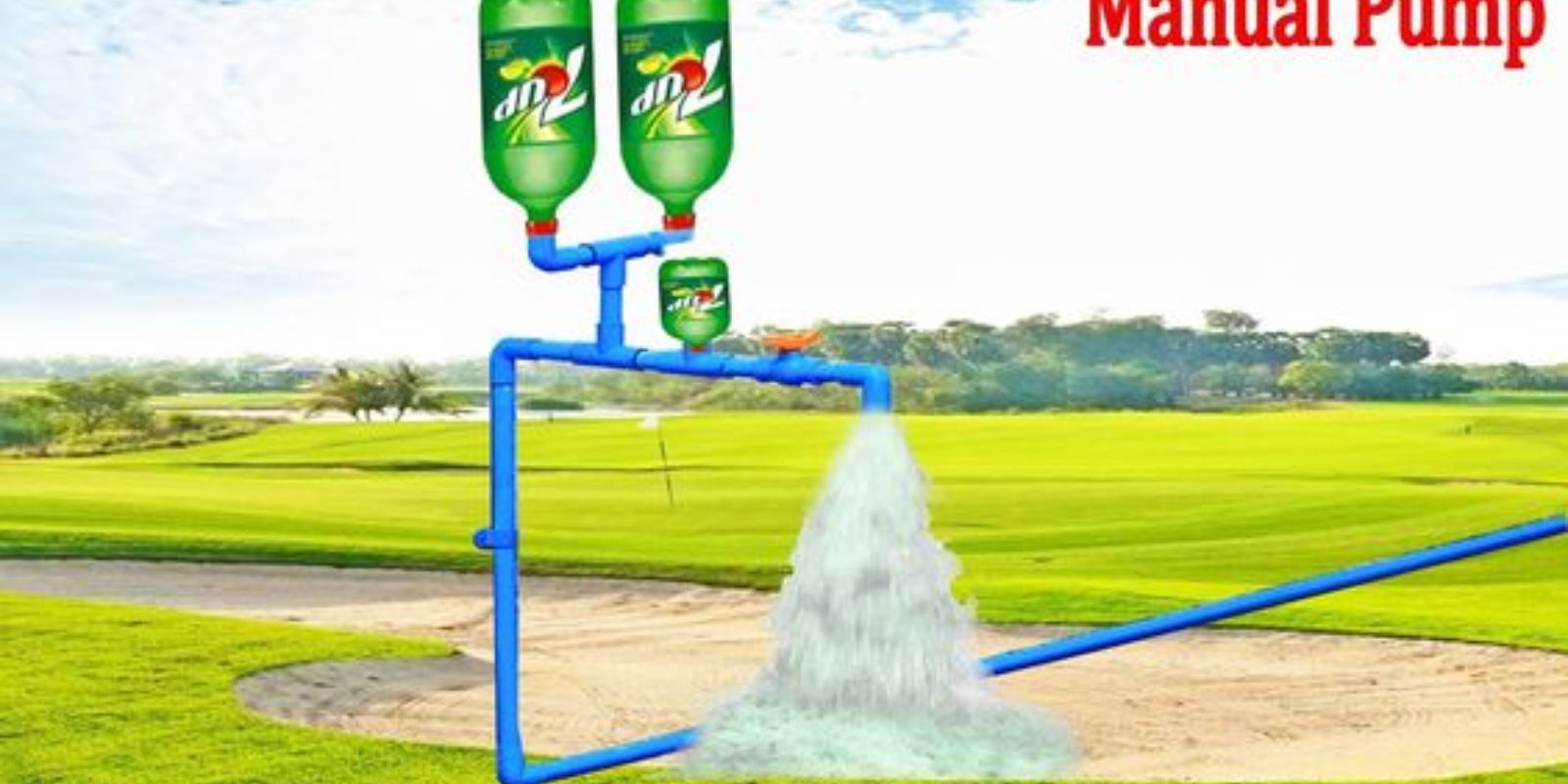In a world where sustainability and self-sufficiency are increasingly important, finding ways to reduce reliance on electricity and other resources is both practical and rewarding. One ingenious method to achieve this is by creating a water pump from PVC pipe. This simple, yet effective DIY project allows you to move water without the need for electricity, offering a cost-effective and environmentally friendly solution. In this article, we will explore how to turn PVC pipe into a functional water pump, providing step-by-step instructions and insights into the benefits of this approach.
Introduction
Water pumps are essential tools for various applications, from irrigating gardens to draining pools. However, many conventional pumps rely on electricity, which can be costly and limit their use in off-grid situations. By using PVC pipe, you can build a water pump that operates without electricity, using just mechanical force. This guide will walk you through the process of constructing your own PVC water pump, providing you with a reliable and eco-friendly alternative.
Materials and Tools
Before diving into the construction process, gather the following materials and tools:
- PVC Pipes: Various lengths and diameters depending on your design.
- PVC Fittings: Elbows, tees, and connectors to assemble the pump.
- Hand Pump Mechanism: A basic hand-operated pump or DIY mechanism.
- Pipe Cutter: For cutting PVC pipes to size.
- PVC Primer and Cement: To bond PVC connections.
- Sealant: To ensure leak-proof joints.
- Tools: Measuring tape, saw, and wrench.
Step-by-Step Construction
1. Plan Your Design
Start by sketching a design for your PVC water pump. The basic concept involves a series of PVC pipes and fittings arranged to create a pump chamber and handle mechanism. Your design should include:
- Intake Pipe: To draw water from the source.
- Pump Chamber: Where the pumping action takes place.
- Discharge Pipe: To direct the pumped water to its destination.
- Handle Mechanism: To operate the pump manually.
2. Cut and Prepare PVC Pipes
Measure and cut your PVC pipes to the required lengths. Ensure that the cuts are clean and straight to facilitate easy assembly. Depending on your design, you may need pipes of different diameters for various parts of the pump.
3. Assemble the Pump
Assemble the pump by connecting the PVC pipes and fittings according to your design. Use PVC primer and cement to bond the joints and ensure a secure fit. Follow these steps for assembly:
- Attach the Intake Pipe: Connect the intake pipe to the pump chamber. Ensure that it reaches the water source effectively.
- Construct the Pump Chamber: Assemble the pump chamber with the necessary fittings and connectors. This is where the mechanical action will take place.
- Add the Discharge Pipe: Connect the discharge pipe to the pump chamber to channel the water to its intended location.
- Install the Handle Mechanism: Attach the hand pump mechanism or create a DIY handle to operate the pump.
4. Seal and Test
Once the pump is assembled, apply sealant to all joints to prevent leaks. Allow the sealant to cure according to the manufacturer’s instructions. After sealing, test the pump by operating the handle and observing the water flow. Check for any leaks or issues and make necessary adjustments.
5. Optimize and Use
Fine-tune your pump to ensure optimal performance. Adjust the intake and discharge pipes as needed to achieve efficient water flow. Once satisfied, your PVC water pump is ready for use.
Benefits of Using a PVC Water Pump
- Cost-Effective: PVC pipes and fittings are inexpensive compared to electric pumps, making this a budget-friendly solution.
- Eco-Friendly: This pump does not require electricity, reducing your carbon footprint and conserving energy.
- Self-Sufficient: Ideal for off-grid living or emergency situations where access to electricity is limited.
- Customizable: You can tailor the design to suit your specific needs, such as adjusting pipe lengths or adding filters.
- Easy Maintenance: PVC pumps are relatively easy to maintain and repair, with readily available parts.
Challenges and Considerations
While the PVC water pump is a fantastic DIY project, there are a few challenges and considerations to keep in mind:
- Durability: PVC may not be as durable as metal components, so ensure that the pump is used in appropriate conditions and is regularly checked for wear and tear.
- Water Source Compatibility: The effectiveness of the pump depends on the water source’s depth and flow rate. Ensure that your design is suitable for the specific conditions of your water source.
- Mechanical Skill Required: Building a PVC pump requires basic mechanical skills and tools. If you are new to DIY projects, consider seeking guidance or practicing on smaller projects first.
Conclusion
Creating a water pump from PVC pipe is an innovative and practical solution for moving water without relying on electricity. This DIY approach not only saves money but also supports sustainable living by reducing energy consumption. By following the steps outlined in this guide, you can construct your own PVC water pump and enjoy the benefits of a reliable, cost-effective, and eco-friendly tool.
Embrace the challenge and creativity of this project, and experience the satisfaction of building a functional water pump from simple materials. Whether you’re enhancing your garden, preparing for emergencies, or just exploring new DIY projects, a PVC water pump is a valuable addition to your toolkit. Happy building! 🌊🔧

